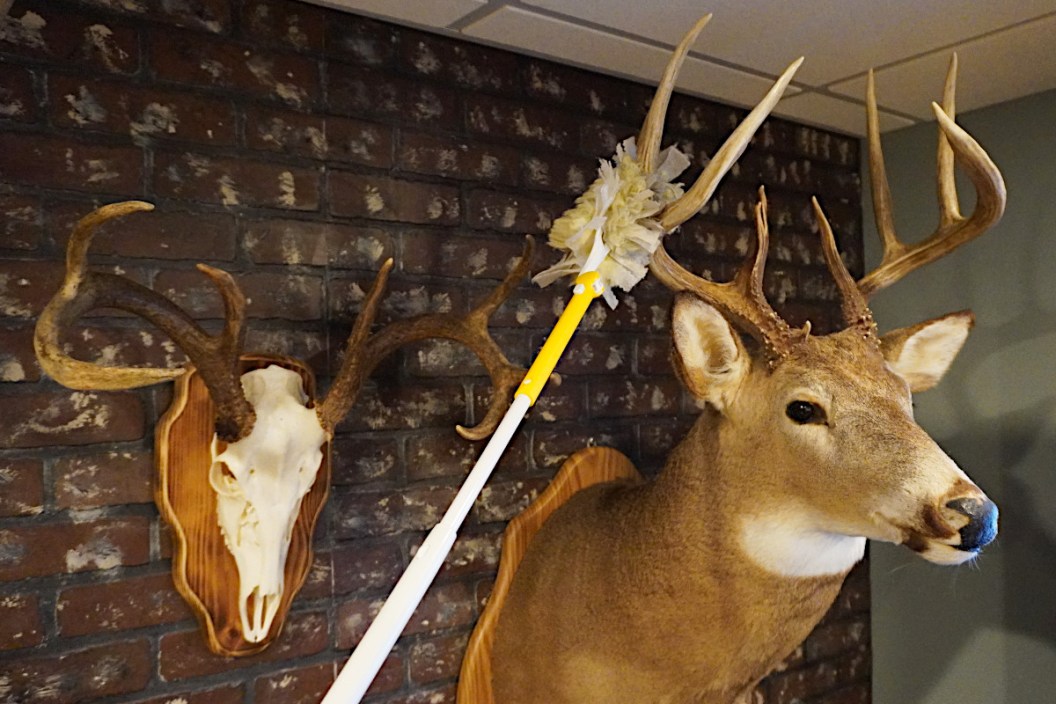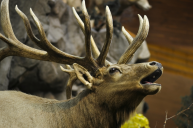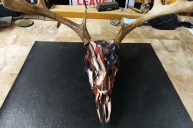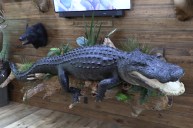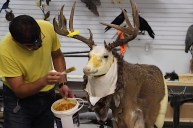There is no better way to preserve a memory of your hunt than to have it preserved as a taxidermy mount. Humans have been practicing preserving various animal specimens through the tanning of hides and mounting them on forms for hundreds of years. There's no question it's an art form at this point. Some of the most skilled taxidermists can produce work that's so lifelike it looks like your wall mount is ready to jump down and run away at any minute. Of course, animal taxidermy is relatively expensive, and you don't want to spend your hard-earned money on shoddy work. You also don't want to see your costly mounts starting to fall apart after only a few years. There's no question that taxidermy has a shelf life. The only real question is, how long does it last? And what can you do to ensure your mounts stand up to the passage of time?
How Long Does Taxidermy Last?
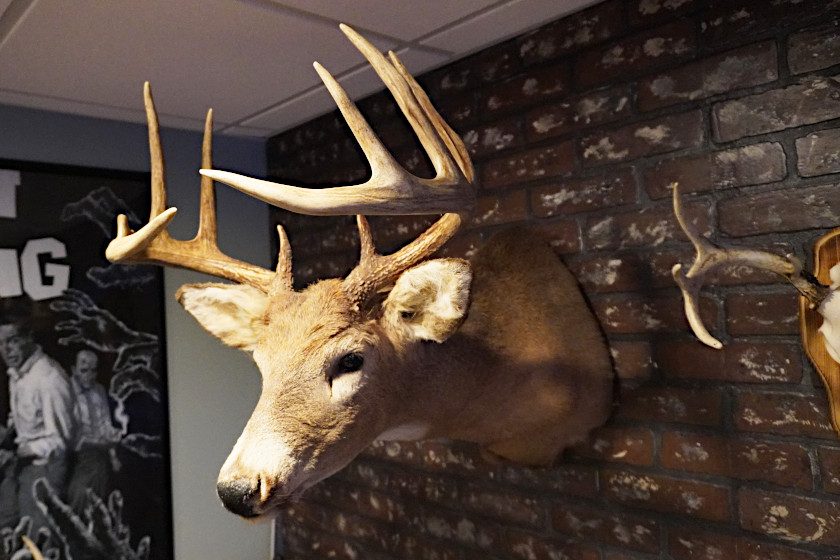
Travis Smola
There's no question taxidermy probably has a shelf life. We are talking about the preservation of organic materials from real animals here. Nothing is going to last forever. However, we do have proof a taxidermy collection can last a lifetime or more. One prime example is the many animals taken by Teddy Roosevelt. Because of the historical significance of the man who harvested them, people kept Roosevelt's animals when other, older mounts were either not cared for or were thrown out after degrading.
One of the more notable of Roosevelt's animals is a lion he harvested back in 1909. The Natural History Museum in Washington, D.C, currently displays the lion. The life-size mount did undergo a restoration effort in 2016 after sitting in storage for decades. However, it's not half bad looking for a mount that's well over 100 years old. The shelf life of any taxidermy animal will likely depend on how well it is cared for and where it is stored.
From my own experience, I have seven mounts in my taxidermy collection. This assortment consists of one fish, two whitetail deer, one pheasant, and three European mounts of deer. I expect the European mounts to last the longest of this group since they're simply animal skulls. My two shoulder deer mounts are 21 and 19 years old, respectively. Different taxidermists also mounted them. Objectively, I think both still look great, although I have noticed some slight cracking around the lips of the 21-year-old mount.
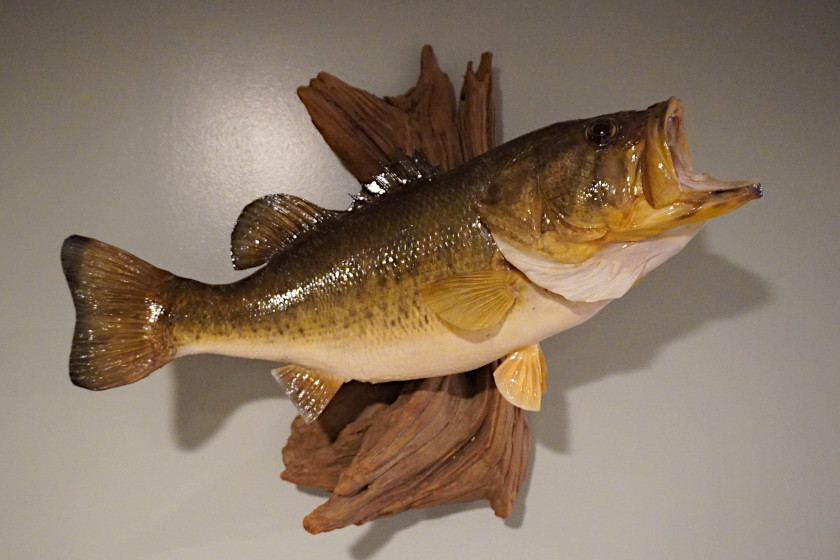
Travis Smola
My pheasant mount is only about a year old, so it's too soon to say what the life of that may be. However, my fish mount is a largemouth bass I caught back in 1997. I did break one dorsal fin spine at some point, but it still looks great for being 25 years old. I credit this mainly to the work of the taxidermist, who did an excellent job on the preservation. I've seen much younger fish mounts that looked way worse. I'm not sure what techniques my taxidermist used on that mount, but it consistently amazes people when I tell them how old it is.
The Factors That Damage Taxidermy
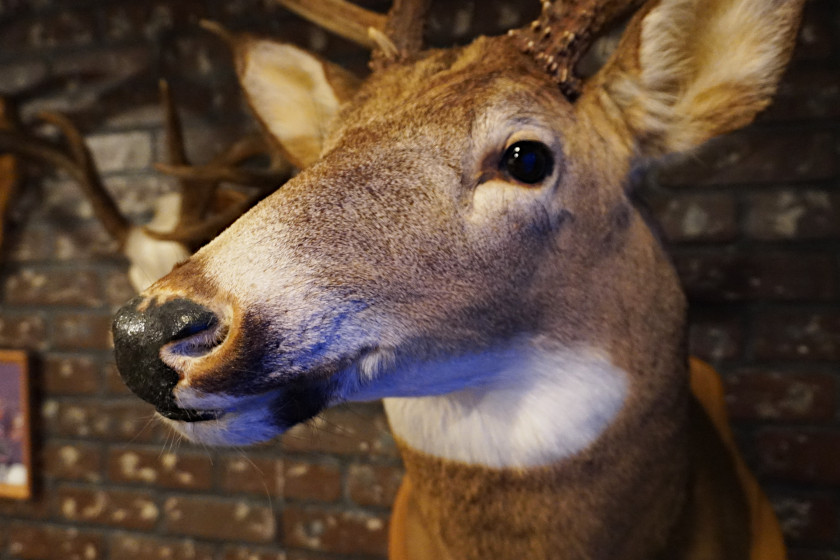
Travis Smola
All taxidermy is extremely sensitive to the environment in which they are stored. I genuinely believe the key to my deer heads and fish mount lasting for as long as they have is due to climate control. Except for one brief month-long stint in a self-storage facility at a high elevation, they have always been kept in parts of the house that are insulated, and climate controlled. Except for occasional power outages, they have never gotten too hot or cold. Nor have they ever been exposed to high humidity for extended periods.
We know that some people like to store their mounts in a garage. We have heard of people doing that successfully. However, we cannot recommend it unless your garage is insulated and climate-controlled. You'll also want to be cautious about hanging mounts in a basement if it frequently experiences extreme cold snaps or floods. This could lead to mold and mildew, which will eat away the tanned hide and damage the sculpting around the eyes, ears, and mouth.
The UV rays from the sun will hurt the color of your mounts over time. Just go into any sporting goods store with large front windows and examine the mounts that get sunlight vs. the ones that do not take all day. Another good idea is to avoid any area where insects may be present. It's not only disgusting, but moths, their larvae, beetles, and more can infest and slowly destroy the hide of a mount if left unchecked.
There is also no question that smoke can shorten the shelf life of just about any mount. While smoking in bars is almost non-existent these days, you need only to go into one that allowed it in the past and look at the condition of any taxidermy hanging on the walls to see the apparent discoloration that comes with cigarette smoke. You can keep your mounts nice simply by avoiding smoking in the same room where your mounts are stored. I've never smoked, which was another huge factor in why my deer taxidermy still looks new.
Caring For Your Taxidermy
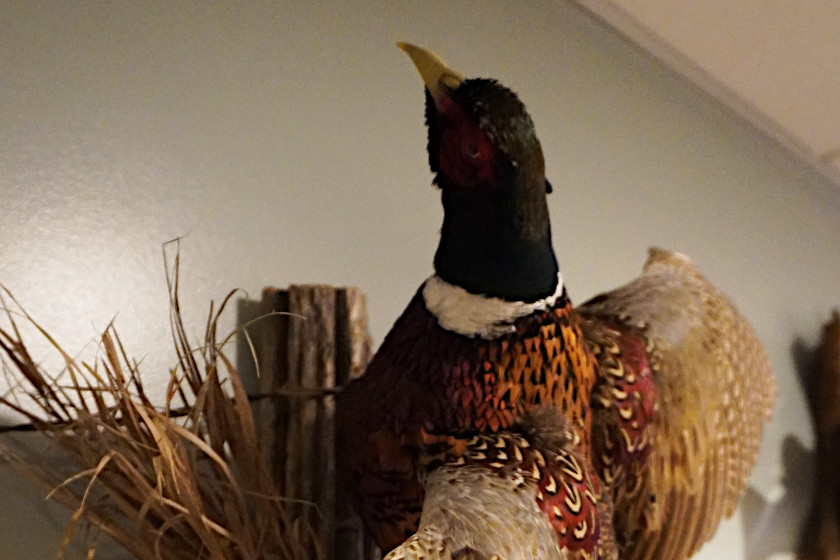
Travis Smola
Aside from ensuring you stow taxidermy art in a proper environment, a little maintenance doesn't hurt either. Admittedly, most of my care has been minor at most. I usually run a feather duster over the back of the hide, moving it with the natural grain of the animal's hair. I also dust the deer antlers. You'd be surprised how much dirt can accumulate on the main beams of a buck. Every so often, I'll get some Q-tips and put a little window cleaner on them to clean up the glass eyes.
Several manufacturers sell unique cleaning products for mounts. However, I've found that a damp cloth works just as well to keep the hide fresh and dust-free. Again, always wipe with the natural grain of the animal's hair, or you may risk damaging it. Whether your mount is a simple pronghorn antelope or a 10-foot polar bear, a little bit of attention to these things once a month will help ensure your mount stays looking nice for years to come.
I also use glass cleaner on my bass mount, although that may not be the ideal solution for everyone. I use that because that's what my taxidermist recommended when I first picked him up back in 1997. Be sure to ask your taxidermist how to care for a fish mount. I think mine used some special sealant to give it that glossy finish I can clean. If you're unsure about using a cleaner, try using a damp cloth, which should help clear up any accumulated dust. Once again, be careful about the fins, as these are the most delicate parts of any fish mount.
For more outdoor content from Travis Smola, follow him on Twitter and Instagram. Check out his Geocaching and Outdoors with Travis YouTube channels for original videos.
